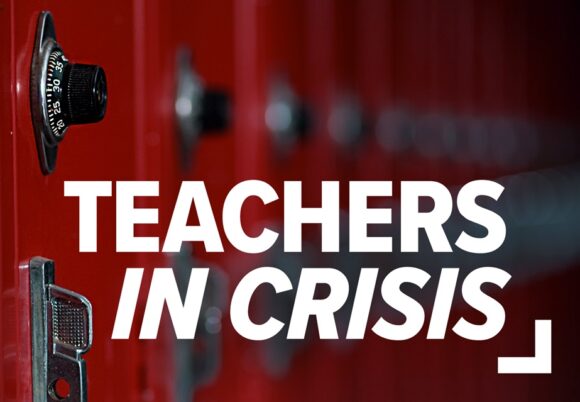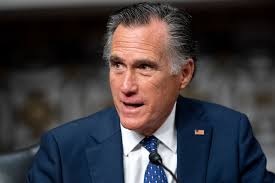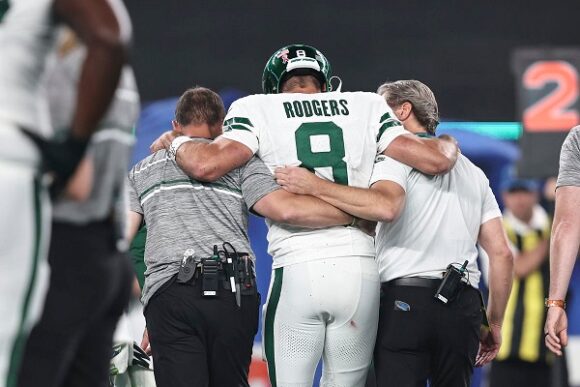
Dear Commons Community,
Auto workers launched a historic series of strikes this morning against Ford, General Motors and Stellantis, making good on a threat to walk off the job if the “Big 3” failed to meet their demands.
Never before has the United Auto Workers union carried out a simultaneous work stoppage at all three automakers. But rather than strike every plant involved in the labor dispute, the union called on workers to walk out at only certain facilities when their contracts expired at midnight. As reported by the Huffington Post and the Associated Press.
In a Facebook Live announcement, the union’s president, Shawn Fain, said the first three struck facilities would be Ford’s Michigan Assembly Plant, in Wayne, Michigan; GM’s Wentzville Assembly plant, in Wentzville, Missouri; and Stellantis’ Toledo Assembly Complex, in Toledo, Ohio.
Such a strategy could enable the union to disrupt production for the companies while keeping many members on the job and earning paychecks. Fain said the unpredictable work stoppage may expand to other facilities over time if the union doesn’t continue to make headway in contract talks.
“The money is there. The cause is righteous. The world is watching,” Fain said. “This is our defining moment.”
Depending on how long it lasts and how wide it spreads, the strike could have major economic and political consequences. Nearly 150,000 workers are employed under the three contracts, and many jobs at other employers, such as parts suppliers and dealerships, depend on production running smoothly at Ford, GM and Stellantis, which owns the Dodge and Jeep brands.
“Never before has the United Auto Workers union carried out a simultaneous work stoppage at all three automakers.”
The strike could put President Joe Biden ― the self-described “most pro-union president” ever ― in a difficult position. Although the White House would not want to see a prolonged work stoppage for economic reasons, Biden runs the risk of undermining the union’s leverage by pressing for a quick resolution. So far the president has said only that he wants to see a fair deal for the workers.
Pointing to the automakers’ high profits, the union has been aggressive in its demands. The UAW’s opening bid called for a 40% pay increase over the course of the contracts, cost-of-living increases, the restoration of defined-benefit pensions for all workers, and the elimination of a “two-tier” pay system in which newer employees are on a lower pay scale than legacy employees.
The three companies have all increased their proposals over the course of the talks, with offers for total pay increases reaching 20% at Ford and GM, and 17.5% at Stellantis. But Fain said all those proposals were inadequate considering the high rate of inflation and the concessions workers made in previous contracts.
As of early yesterday, the union and the companies were still in disagreement over the “two-tier” system, profit-sharing, cost-of-living increases and other issues.
At Ford’s assembly plant in Wayne, where the company produces the Ranger pickup truck and Bronco SUV, workers were dismissed early Thursday night following the union’s strike announcement. Many of them converged on the union hall across the highway, as drivers honked and picket lines formed at the plant’s gates.
Among the striking workers was Shanie Davis, an inspector in the finishing department who’s been with Ford for 12 years. Davis said it was important for the union to claw back the concessions it made years earlier to help the company following the financial crisis of 2008. She noted the company’s profitable run and the high pay of its executives.
“I feel like it’s long overdue,” Davis, 38, said of the strike. “Years ago this was the American Dream job. You could have one person working here and support a whole family. You can’t do that anymore.”
Noting the skyrocketing prices for new cars, she said, “People working here can’t afford the product they’re making.”
Marcus Ramirez, 24, said he wants to see an end to the pay tiers. It currently takes a new hire eight years to reach the top pay rate. Ford has offered to cut it down to four, but the union has demanded it be cut to 90 days.
If there had been no tiers, “I wouldn’t feel like I’m living paycheck to paycheck,” said Ramirez, who earns around $24 per hour.
Ford said in a statement Thursday that it had made a “historically generous” offer to the union, but the UAW had shown “little movement” from its initial demands made in early August.
“If implemented, the proposal would more than double Ford’s current UAW-related labor costs,” the company said.
Fain, who was elected to the union’s top post earlier this year, has said that “record profits” at the automakers call for “record contracts” for their employees.
Recent years have indeed been good for the “Big 3.” The companies’ combined profits over the past decade totaled $250 billion, an increase of 92% over the preceding 10 years, according to the Economic Policy Institute, a left-leaning think tank.
But the companies have argued that they need that profitability ― mostly from combustion-engine trucks and SUVs ― to fund a pivot toward electric vehicle (EV) production. They claim the increased labor costs under the union’s proposals would put them at a disadvantage compared to non-union foreign automakers as well as Texas-based Tesla.
“Years ago this was the American Dream job. You could have one person working here and support a whole family. You can’t do that anymore.”
– Shanie Davis, UAW member
Looming over the talks is the question of whether new EV production facilities, such as battery plants, will employ union members earning solid wages, or if, as the UAW has cautioned, the shift to EV’s becomes a “race to the bottom” for the broader auto sector.
A UAW-covered position in an auto plant is traditionally a good job ― members at the Big 3 can earn a top rate of around $32 per hour, plus health coverage and a retirement plan ― but real wages for auto workers have fallen significantly in recent years, down 30% since 2003, according to Bloomberg.
In fiery addresses to members over Facebook Live, Fain has spoken of the fight in terms of class warfare. As the strike deadline approached, he accused the companies of enriching shareholders and executives at the expense of rank-and-file workers.
“They could double our wages, not raise car prices, and still make billions of dollars in profits,” he has insisted. “Corporate greed is the problem.”
Shortly after midnight Friday morning, Fain led members on a march across the highway in Wayne to the gates of the assembly plant. Workers and supporters crowded around him and chanted, “No deal, no wheels!”
Darnell Foreman, 37, said he wants to see the elimination of tiers and significant pay increases “across the board,” including for retirees.
“Being here 30, 40 years, it beats up your body,” Foreman said. “Our retirees deserve to be taken care of.”
The union has a strike fund of $825 million, and workers out on strike would receive $500 per week, well below their typical earnings. By walking out at only certain facilities, the union would be able to stretch the fund further.
Meanwhile, a strike at one facility could still impact facilities not on strike. Assembly plants rely on component plants, and vice versa, enabling the union to crimp the production chain through targeted work stoppages. The strikes could ultimately lead to layoffs at other plants that are not on strike, but those workers may be able to collect unemployment benefits.
For the workers, the companies and the American economy, I hope this is not a long strike!
Tony












